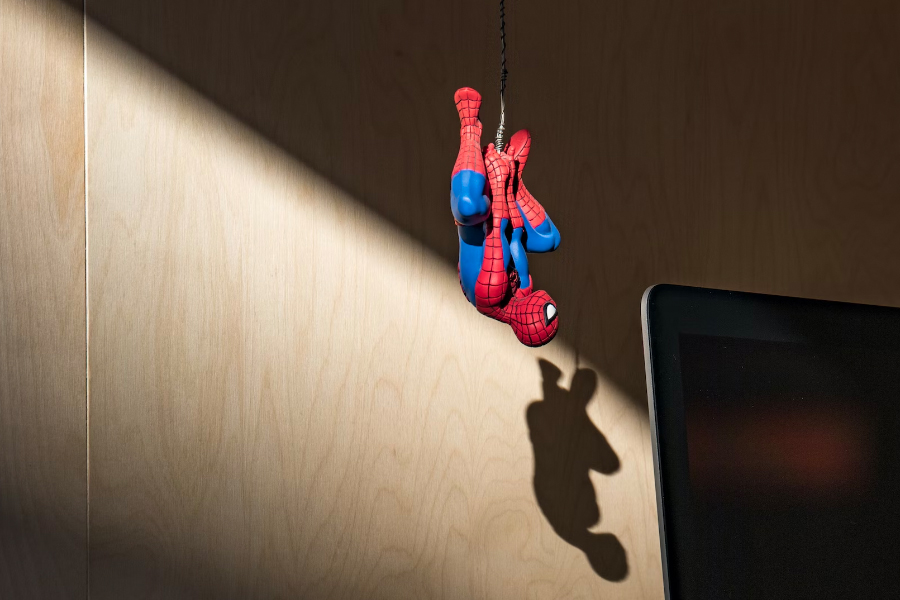Cartoons have been a source of entertainment for kids for generations. From classic Disney movies to modern-day animated TV shows, cartoons have had a significant impact on the childhoods of millions of kids around the world. Cartoons not only entertain children but also educate them, teaching valuable lessons about friendship, teamwork, and perseverance.
One of the most popular forms of cartoon entertainment is the animated TV show. These shows usually air on cable networks aimed at kids, like Cartoon Network and Disney Channel. They typically follow a main character or group of characters on adventures, where they face challenges and overcome obstacles. For example, “SpongeBob SquarePants” follows the adventures of a sea sponge who lives in the underwater city of Bikini Bottom. The show is popular with kids and adults alike, and its humor and relatable characters have made it a staple of cartoon programming for over 20 years.
Another popular form of cartoon entertainment is the animated movie. Animated movies often feature stunning visuals and engaging storylines that captivate kids and adults alike. Classic animated movies like “Snow White and the Seven Dwarfs” and “The Lion King” have been beloved by generations, while newer releases like “Moana” and “Frozen” continue to captivate audiences of all ages. Animated movies often feature original songs and memorable characters that kids can relate to and love, making them a perfect form of entertainment for families to enjoy together.
Cartoons also have educational value for kids. They often teach important life lessons, such as the importance of teamwork, perseverance, and friendship. For example, in “The Powerpuff Girls,” the three young superheroes learn the importance of working together to save their city from danger. In “Peppa Pig,” the titular character and her family teach kids about problem-solving and sharing. These lessons are often presented in a fun and engaging way, making them easier for kids to understand and remember.
In addition to traditional 2D animation, there has been a recent rise in popularity of 3D animation in both TV shows and movies. This new form of animation allows for more complex and realistic visuals, giving kids a more immersive experience. For example, the popular movie “Up” uses 3D animation to create a breathtaking journey through the skies, allowing kids to experience the adventure along with the characters.
Another benefit of free kids cartoons is their accessibility. Cartoons can be found on TV, in theaters, on DVD and Blu-Ray, and even streaming services like Netflix and Disney+. This makes it easier for kids to access and enjoy their favorite cartoons from the comfort of their own home. Furthermore, the advent of technology has allowed for the creation of interactive and immersive experiences, like video games and virtual reality experiences, that bring kids even further into the world of their favorite cartoons.
It is important to note that not all cartoons are appropriate for all ages. Some cartoons contain violence or mature themes that may not be suitable for young children. Parents should be mindful of the content of the cartoons their children are watching and make sure they are age-appropriate.
In conclusion, cartoons have been a source of entertainment and education for kids for generations. From animated TV shows to movies, cartoons have captivated audiences with their engaging characters, exciting storylines, and important life lessons. With their continued popularity and accessibility, it is safe to say that cartoons will continue to be a staple of childhood for years to come.













Leave a Reply